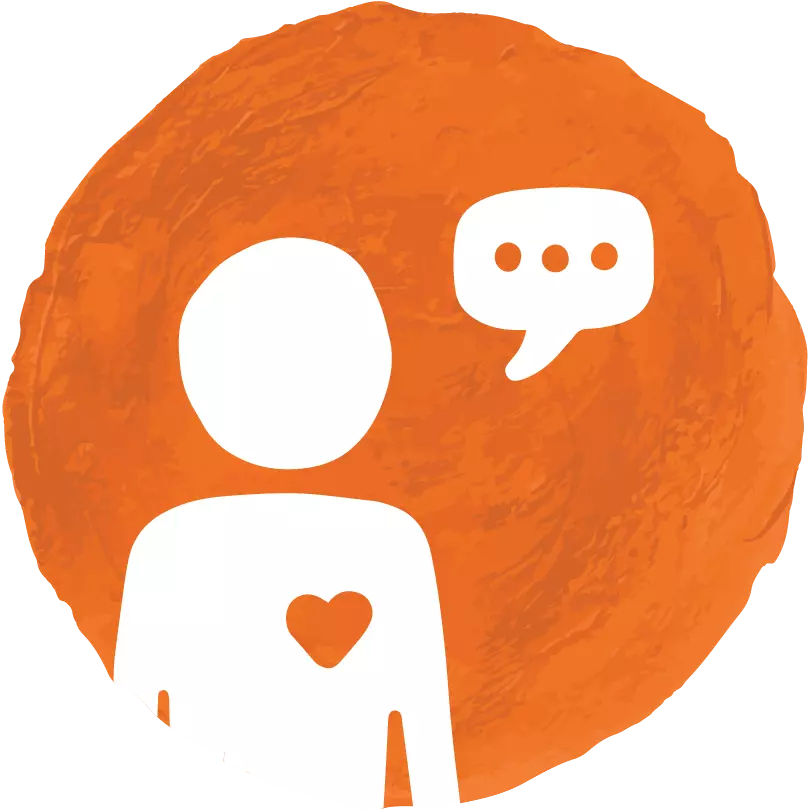
How do people connect to each other and place?
Warning — First Nations teachers and students are advised that this curriculum resource may contain images, voices or names of deceased people.

NEW - Learn and Do resources
Ready-to-go activities, to save you time and engage your students
Find out moreUnit details
Foundation HASS, English, Health and PE & DanceAboriginal and Torres Strait Islander Histories and Cultures cross-curriculum priority.
Unit overview
This resource explores families, their shape and purpose, family relationships, and the strength and pride drawn from connection with others. Starting with students’ own families, and the provocation that all families are different, it also responds to Chelsea Watego’s wish (2021) that the strength and positivity of Aboriginal and Torres Strait Islander families be better reflected in schooling.
The sequence of the resource is to start from exploring students’ own families and other families, including representations of First Nations families past and present, then moving outwards to start to consider human connections to each other and to place more generally. At the end students have an opportunity to use this broader sense of connection and kinship to reflect on and define their own sense of family and their diversity.
The curriculum assumes students have positive experiences of family to start from. As teachers, we know that in fact families are complex and not all children have positive associations with family. Teachers should exercise professional judgement about which of these activities are safe and appropriate for their students to ensure the wellbeing of everyone is upheld.
Register for access
Its free and will only take a minute! Register hereAlready registered? Login

 The Wound
The Wound
 Our History
Our History
 Why Me?
Why Me?
 Our Cultures
Our Cultures
 My Response
My Response





